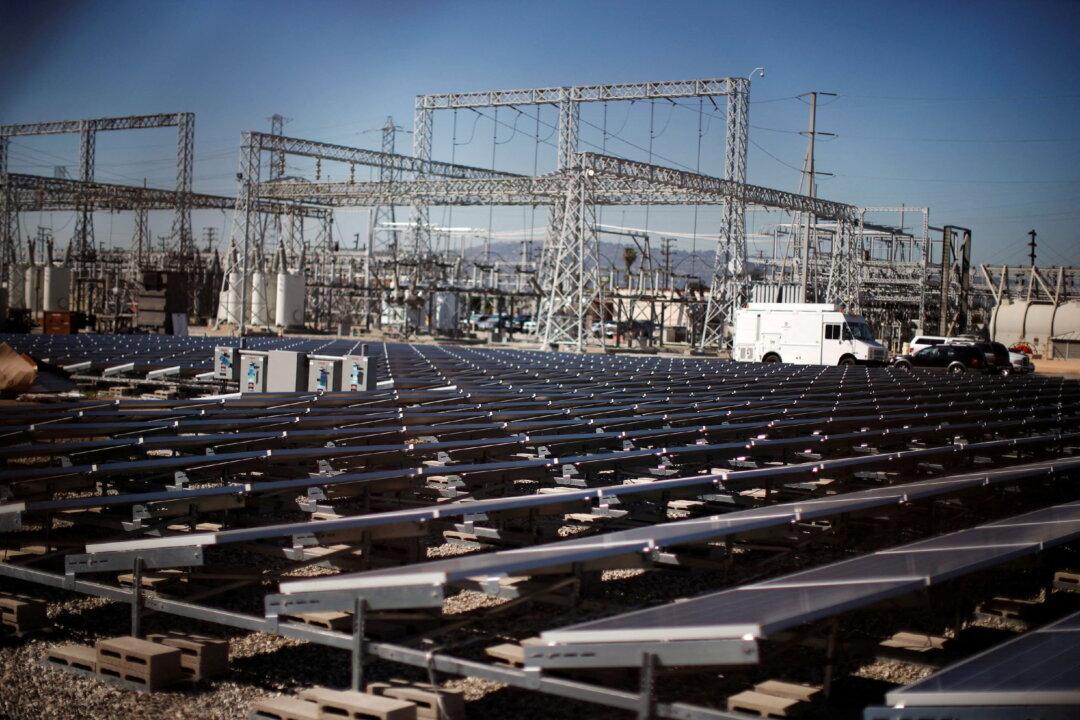Commentary
California’s government is accelerating toward Gov. Gavin Newsom’s early January release of his budget proposal for fiscal year 2022–23, which begins on July 1. Newsom announced in October there would be an “historic budget surplus.” In a November 17 report, “The 2022–23 Budget: California’s Fiscal Outlook,” Legislative Analyst Gabe Petek projected a $31 billion surplus.





